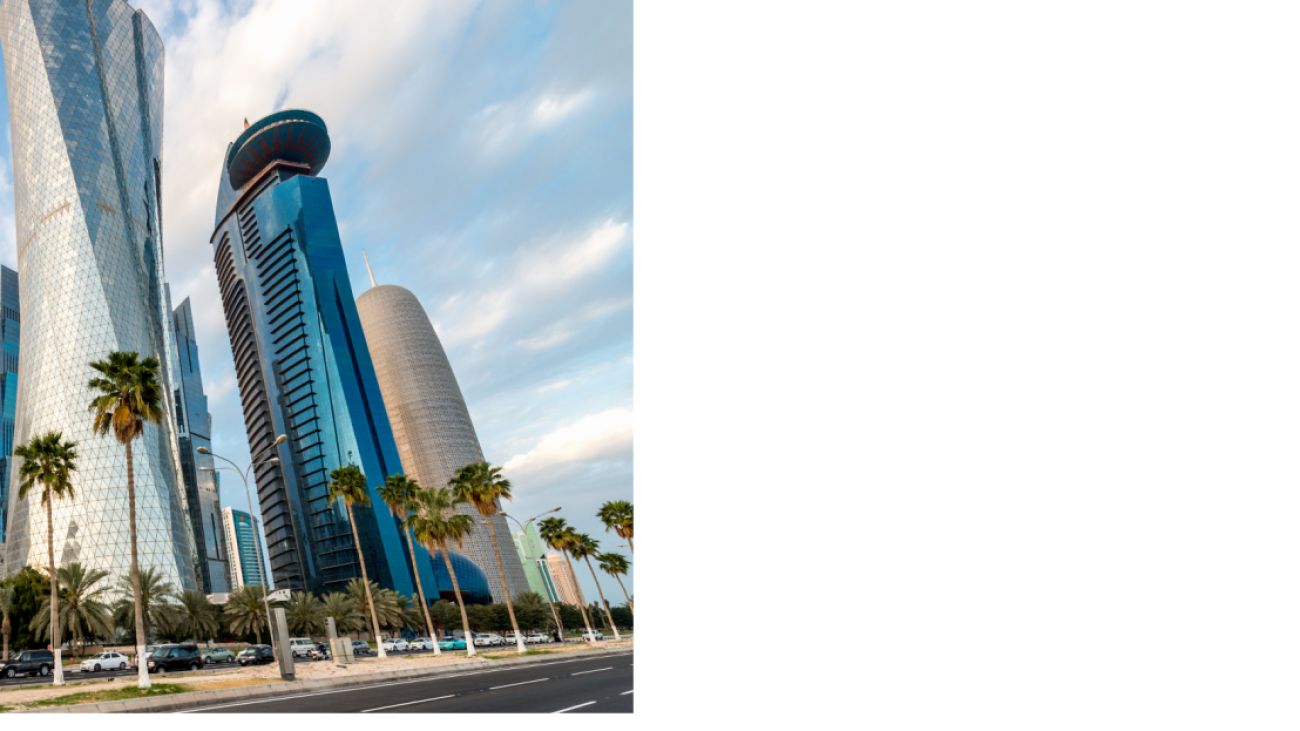As we step into the ever-evolving landscape of digital marketing in 2024, businesses must adapt to emerging trends and technologies to stay ahead in the online realm. Let’s explore key strategies to navigate the dynamic world of digital marketing this year.
1. Embracing AI-Powered Marketing:
Artificial Intelligence (AI) continues to revolutionize digital marketing. Leverage AI tools for personalized customer experiences, predictive analytics, and chatbots that enhance user engagement. AI-driven insights enable data-driven decision-making for more effective campaigns.
2. Video Content Dominance:
Video remains a potent force in digital marketing. Capitalize on the popularity of short-form videos, live streams, and interactive content. Platforms like TikTok and Instagram Reels are gaining prominence, providing unique opportunities for brand storytelling.
3. Social Commerce Integration:
The intersection of social media and e-commerce is reshaping online shopping. Invest in social commerce strategies, enabling users to make seamless purchases directly through social media platforms. Utilize features like Instagram Shopping and Facebook Marketplace.
4. Privacy-First Marketing:
With increasing privacy concerns, prioritize transparent data practices. Embrace cookie alternatives and focus on permission-based marketing. Building trust with your audience by respecting their privacy is paramount in 2024.
5. Search Engine Optimization (SEO) Evolution:
Stay abreast of evolving SEO algorithms and user behavior. Voice search, mobile optimization, and user experience are pivotal factors. Craft content that aligns with user intent and invest in local SEO strategies to capture regional markets.
6. Influencer Marketing Reimagined:
Influencer marketing continues to be influential, but authenticity is key. Partner with influencers who align with your brand values, and consider nano and micro-influencers for niche audiences. Authenticity and relatability drive successful influencer campaigns.
7. Omnichannel Marketing Synergy:
Create a cohesive brand experience across multiple channels. Integration of offline and online strategies ensures a seamless journey for consumers. Consistent messaging and branding enhance customer recognition and loyalty.
8. Sustainable and Purpose-Driven Marketing:
Consumers are increasingly drawn to brands with a purpose. Embrace sustainability and social responsibility in your marketing initiatives. Communicate your brand’s commitment to making a positive impact, resonating with conscious consumers.
9. Interactive Content Engagement:
Interactive content captivates audiences. Explore gamification, quizzes, and polls to encourage active participation. Engaging content not only attracts attention but also fosters a sense of community around your brand.
10. Data Security and Compliance:
As data breaches become more prevalent, prioritize robust cybersecurity measures. Adhere to data protection regulations and communicate your commitment to data security to build trust with your audience.
In the fast-paced arena of digital marketing, staying ahead requires agility and a keen understanding of evolving trends. By embracing innovation, prioritizing customer trust, and adapting to the changing landscape, businesses can thrive in the dynamic world of digital marketing in 2024.









